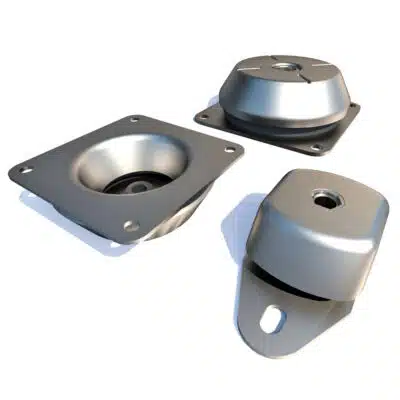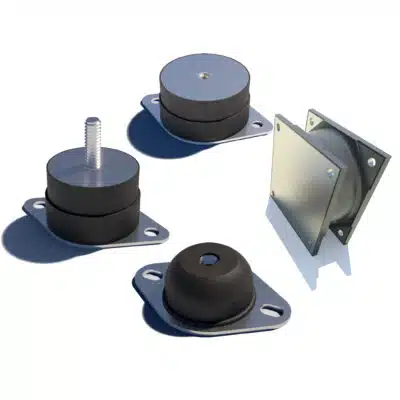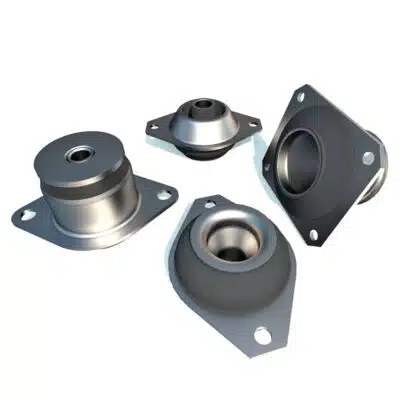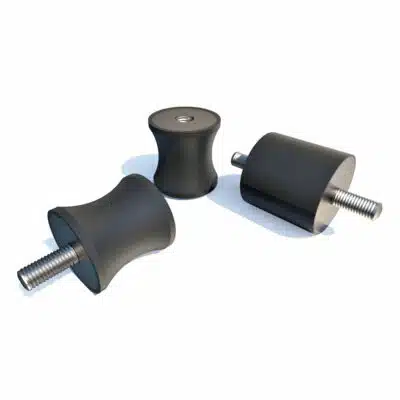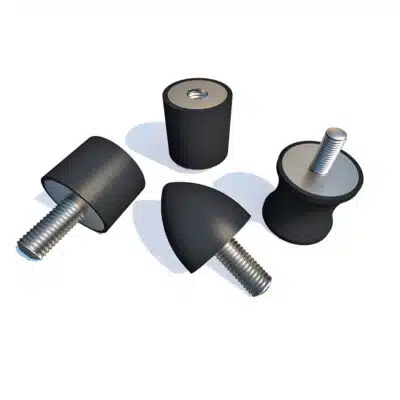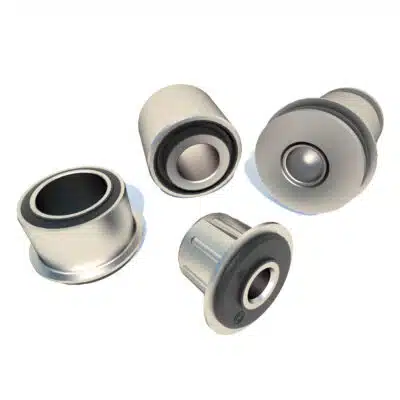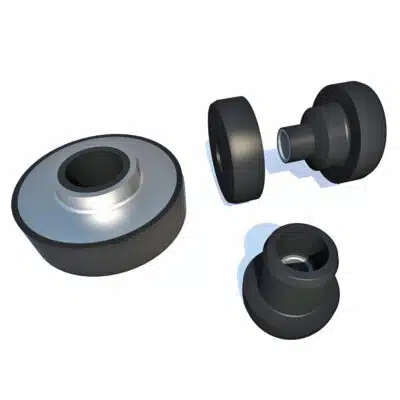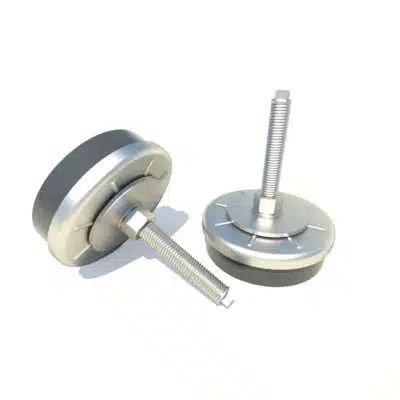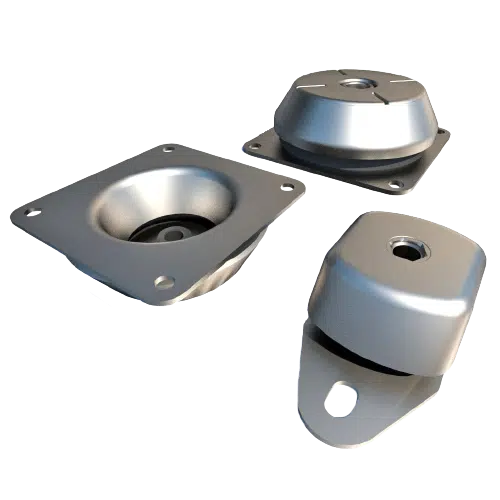Keeping sensitive equipment vibration-free
What sources of vibration can cause problems for sensitive equipment – and what can you do about isolating that vibration?
Vibration is the nemesis of sensitive instruments. Even a slight vibration can be enough to render a reading inaccurate or send operation outside of acceptable tolerances. Removing vibration is hard enough in land-based applications like lasers, semi-conductor fabricators or scanning tunnelling microscopes. It’s more challenging still in marine applications.
The solution lies in dampening or isolating vibration sufficiently to either eliminate it or render it insignificant in terms of the instrumentation. When talking about extremely sensitive measuring equipment, the two are frequently the same thing.
Sources of vibration
Adding to the challenge is the fact that sources of vibration are so abundant. Within the immediate vicinity, anything with a motor – a centrifuge, a fume cabinet etc – can generate vibration which can easily transmit to the neighbouring equipment or along work surfaces to equipment at the other end of the room.
Beyond the lab or clean room, the building is a rich source of vibration generated via the HVAC system, the lift and more. And even outside the building, construction work, traffic and subway systems and can all help make it harder to deliver vibration free instrumentation.
> Discover what we can offer for your particular market sector
How to control vibration
Step 1: Understand the level of vibration isolation required. What are the acceptable tolerances, and are those tolerances likely to become even more stringent in the future? Only by understanding the preferred state of vibration within your facility can you put plans in place to achieve it.
Step 2: Identify unacceptable sources of vibration. A simple source-path-receiver model, commonly applied when identifying sound issues, should help you understand the nature of the vibrations affecting your instrumentation and take steps to inhibit them. You can do this by:
- Controlling the vibration at source – for example by applying a vibration isolating mount to a motor frame
- Changing or blocking the path vibrations use to travel from source to your instrumentation – most simply achieved by increasing the distance between source and instrumentation; or
- Isolate vibration at the instrumentation – typically by using buffers, stops and mounts which can attenuate vibrations transmitting to the instrumentation
To explore options for vibration isolation in your sensitive instrumentation, please call Fibet today on 01282 878200 or contact us.
Useful links
> View our range of engine mounts
> View our range of anti vibration mounts & products
> Download Our Replacement Engine Mount Guide (PDF)

